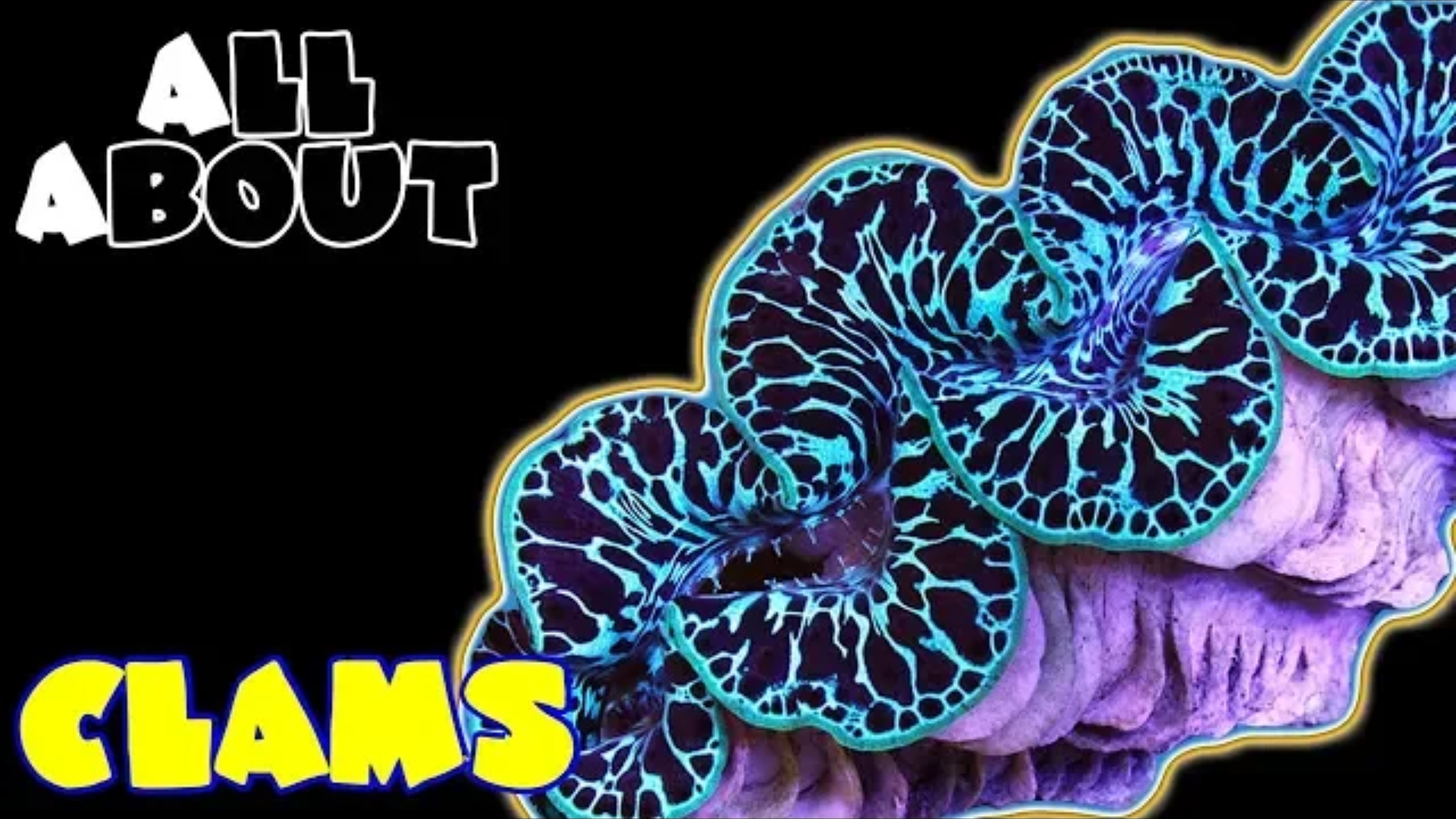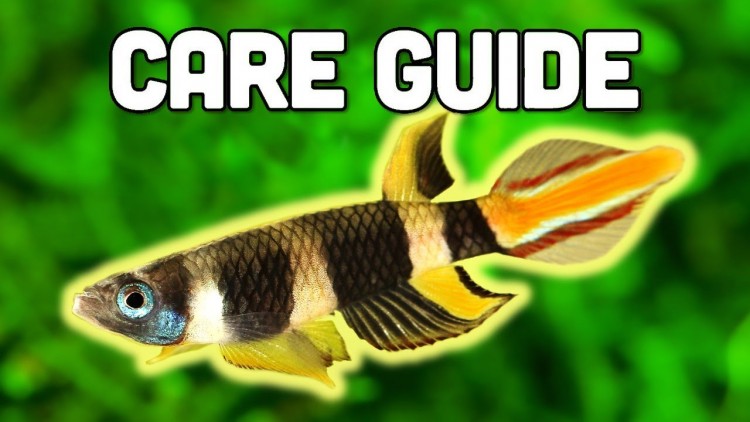Clam Corals: all you need to know
- Oct 23, 2020
- Anshika Mishra
- 2172 0 0

Clams are one of the most popular reef tank coral, these do come from the Tridacna family so they pretty much all need the basic care need. There a huge variety of Clams you can get out there, the most common one are Maxima, Derasa, Corcea, Squamosa, and Hippopus; they are so many options but in the end, you need only one way to take care of all of these corals.
PRICES: Normally you will spend about $40-$200, the price depends upon the colors and size of the Clams.
CARE LEVEL: They need moderate care, there isn't much to them.
WATER PARAMETER
TEMPERATURE
You would like to keep the temperature to 78-degrees.
dKH
8-12
pH
8.1-8.4
SALINITY
1.023-1.025, make sure you keep that right inline.
DIET
These corals are filter feeders for the most part. They do get most of their food from photosynthesis so make sure you do have good lighting in your tank. They do like to eat phytoplankton, so normally you can get that in bottles and put them in your fridge and squirt some in the tank through you powerheads or you can target feed them; either way, they really like it
VENOMOUS
No, they are not venomous. But you do need to watch out some of them have been stung before by other corals like Anemonies to Torch corals, so make sure you put them in a spot where they are safe because if they are not they will remain to close up for most of the time.
COLORS
There are many different color variations of Clams available in the market; blue, green, golden the list is literally endless. The designs on them are just breathtaking.
ORIGIN
A lot of them are aquaculture, you will really never get them from the wild anymore but in the wild, they are from the indo-pacific area
PLACEMENT
They do have a foot under them that will grab onto the surface really hard. You normally don't want to keep them in sand permanently. So, make sure you find a permanent spot for them where they can stay for along time.
BEWARE!
What you definitely want to make sure is you really don't have any pest down there to eat them because they are just like an open food source to preditors. They are commonly get eaten by Bristle worms and other pests in the tank, so make sure you don't have them in your tank or at least under control.
A good thing to do would be to put the Clam on top of a PVC pipe, this makes it harder for the Bristelworms to actually find them. This will help them not get bleaches out if your light too powerful.
Make sure you don't have any predators in there like Trigger or any fish like that, they will take a chunk of them and once these corals lose flesh it is really hard for them to come back.
PLACEMENT
Clams do like to be on the lower part to mid-range in the tank. So, this will be easy for you to figure out. If you are scared that lightning in your tank is too bright for them then make sure you put them at the bottom of the tank. Under very bright light you can see them get bleaches out or become more see-through.
CURRENT
They do like to have a little bit of current on them because they are filter-feeders so, they are constantly trying to catch anything in the water that they can eat.
MAXIMUM SIZE
They get about 12-inches by the end, Derasas can get up to 24-inches if you take really good care of them, Coreceas are normally the smaller ones they will not get any bigger than 6-inches.







About author